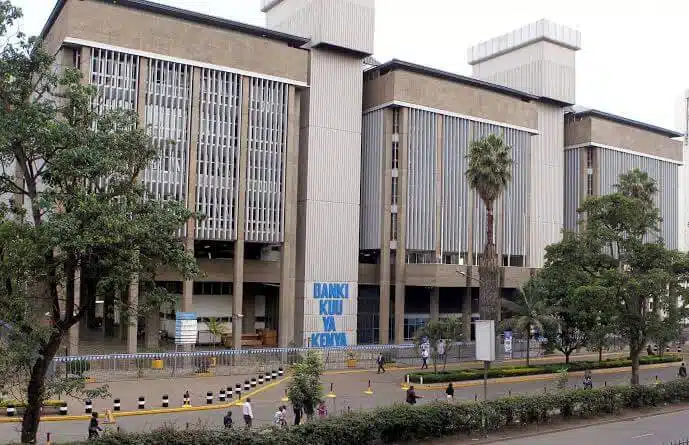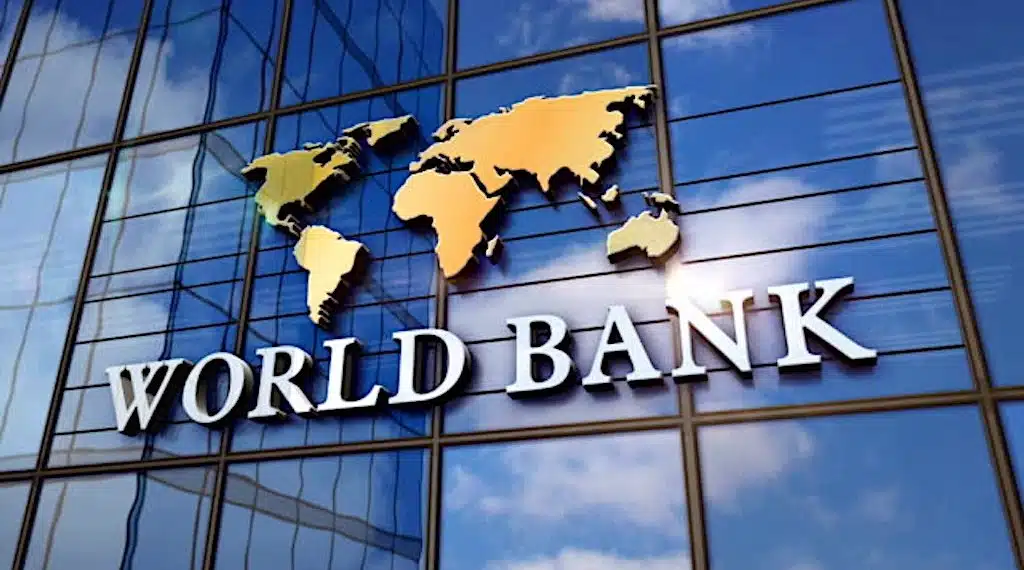The Central Bank of Kenya (CBK) has directed commercial banks in Kenya to reduce their interest rates on loans. This follows its decision to lower the Monetary Policy Rates (MPR) and Cash Reserve Ratio (CRR) to 10.75% and 3.2% respectively.
The CBK noted that although the MPR has been substantially lowered since August 2024, to 12.75%, in December to 11.25%, and now to 10.75%, banks have reduced their interest rates only marginally.
The apex bank also expressed satisfaction that Kenya is witnessing reduced inflation rates despite the global inflation outlook. Although the country’s inflation increased to 3.3% in January 2025 from 3.0% in December 2024, the inflation rate was still below the predicted 5%.
Per the bank’s Monetary Policy Committee (MPC) policy report, core inflation, that is, inflation for goods other than food and energy prices, reduced to 2.0% in January 2025 from 2.2% in December 2024. Although non-core inflation rose to 7.1% in January 2025 due to rising food prices, a seasonal phenomenon, lower fuel and electricity prices moderated the inflation.
Credit facilities for Kenya’s private sector and high interest rates
Inflation and high operational costs is posing a serious concern for Kenyan businesses. Business Day reports that 55% of Kenyan businesses expect their operations cost to rise. Most businesses have to source for credit to remain afloat.
The government lowers MPR to support the growth of economic activities in the country. As the apex bank reduces its lending rate to commercial banks, banks are also expected to lower their interest rates on loans to businesses and individuals in need of credit facilities.
Again, reduced CRR for commercial banks means that Kenyan banks now have even more money for loans and credit facilities for businesses. This will further support the capacity for banks to lower their interest rates to the private sector.
Despite these reductions, Kenyan banks have refused to lower interest rates. In November 2024, the average interest rate offered by Kenyan commercial banks was 17.22%. The banks protested that they still had deposits they acquired at higher CBR. They also blamed high rates of non-performing loans for their inability to reduce interest rates.
Kenya’s commercial banks equipped to undertake loan rate cuts
The CBK noted that Kenyan commercial banks can indeed support reduced interest rates to the private sector. The sector boasts of strong liquidity and capital adequacy ratios. The percentage of non-performing loans has maintained a marginal but steady reduction with manufacturing, trade, building and construction, real estate, energy and water sectors recording reduced rates of NPL.
To ensure that commercial banks reduce their interest rates on loans, the CBK has noted that it will embark on on-site visits to banks to ensure their implementation of the Risk-Based Credit Pricing Model (RBCPM), which is supposed to ensure that banks act by the CBK’s directive.






